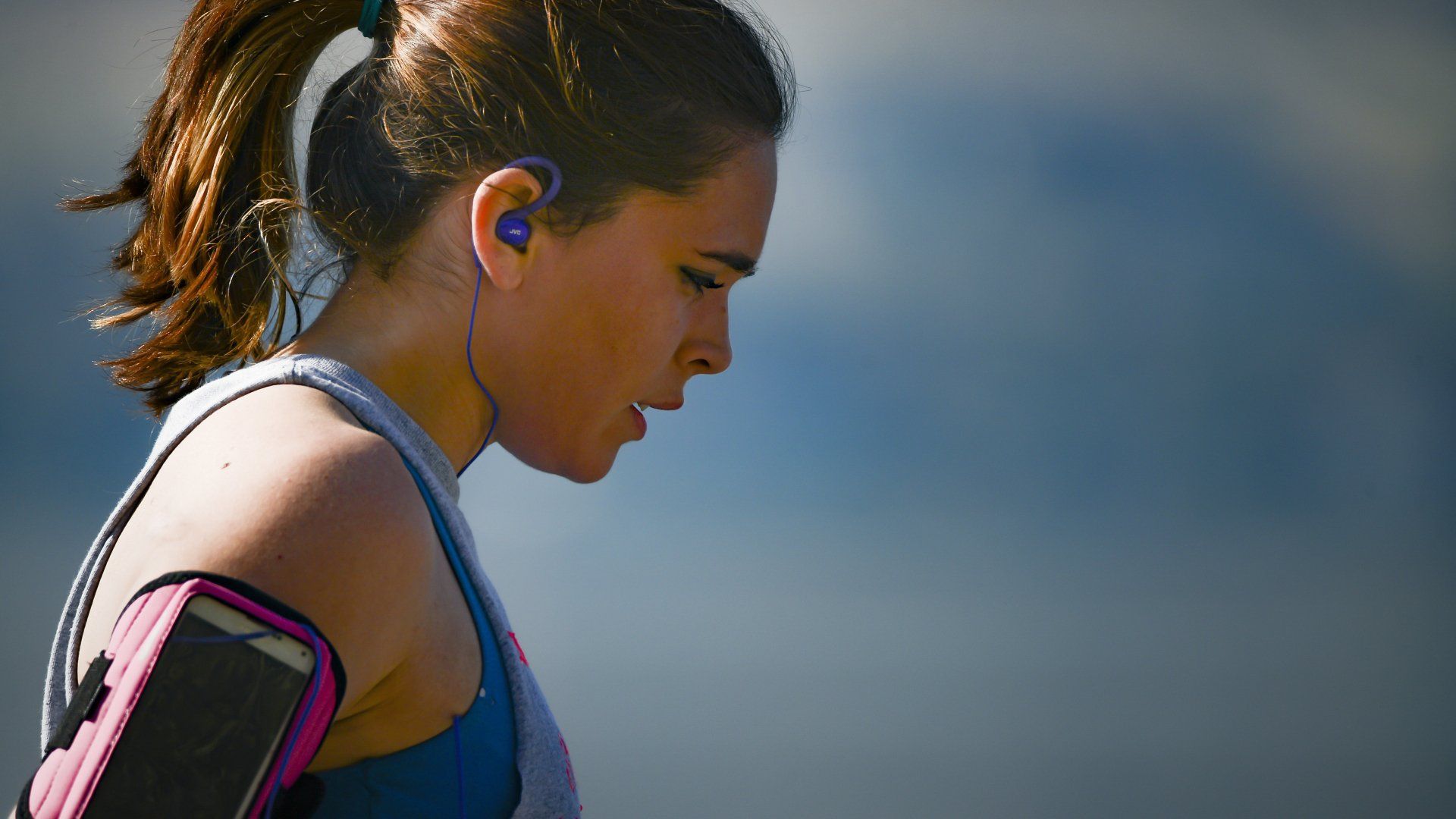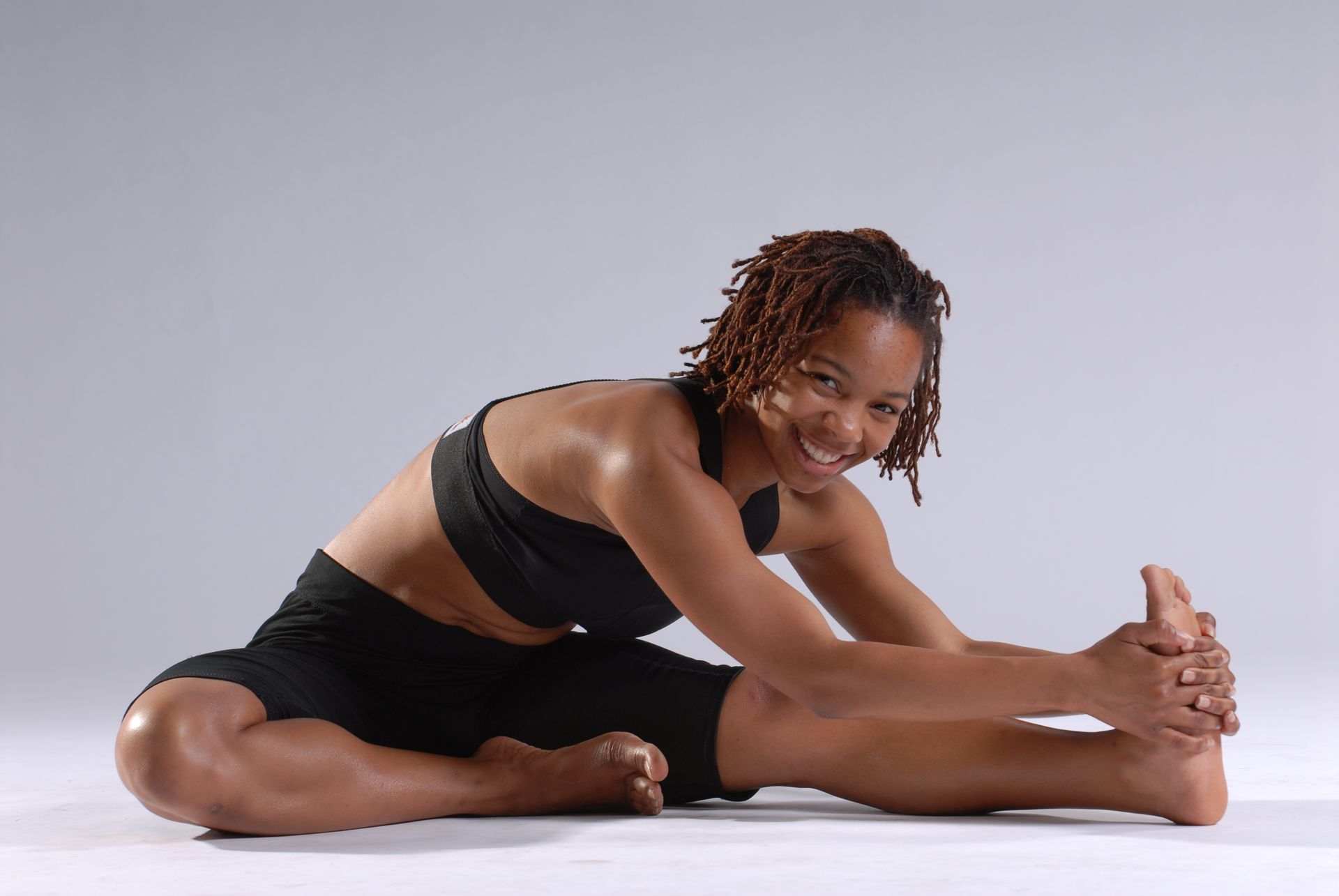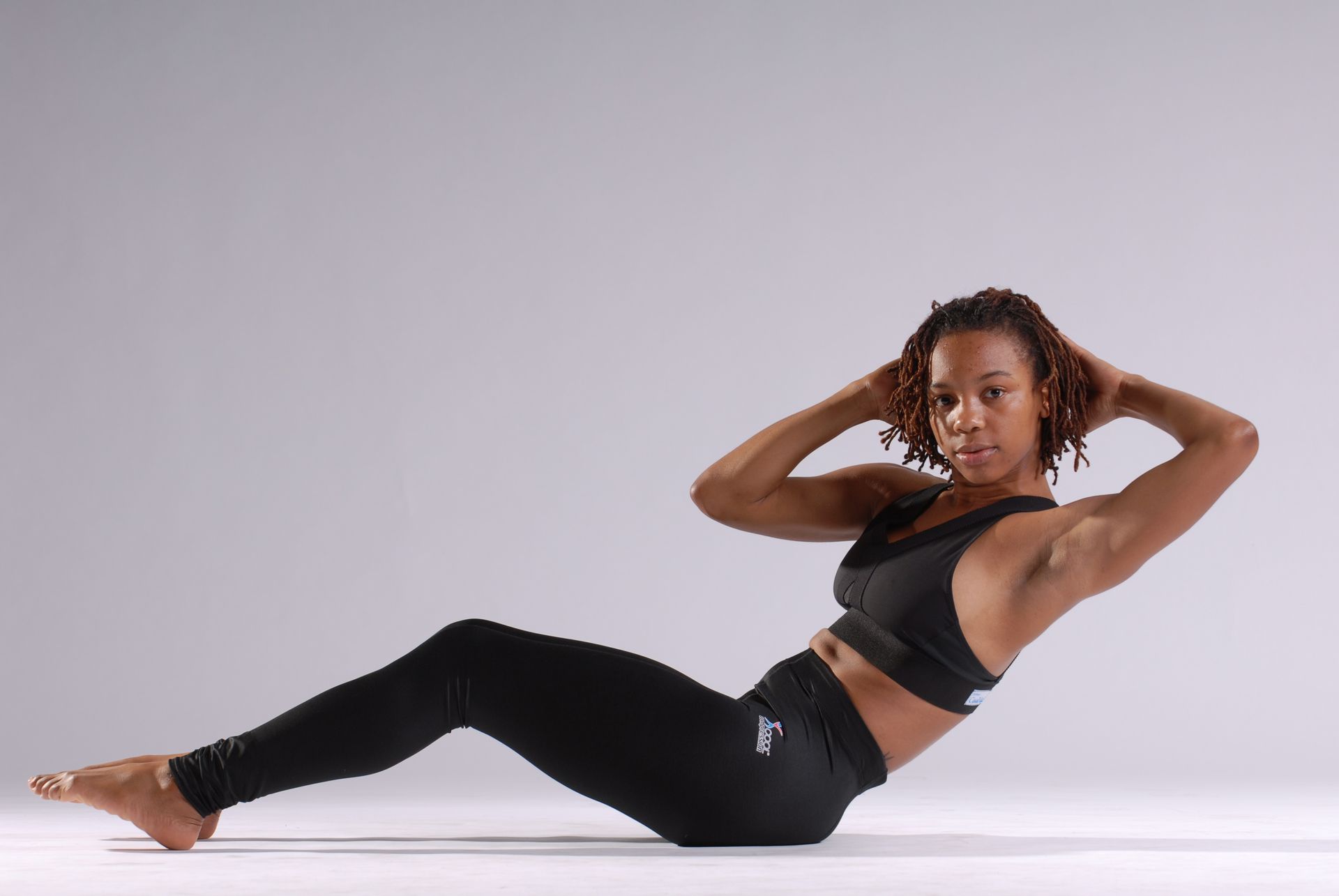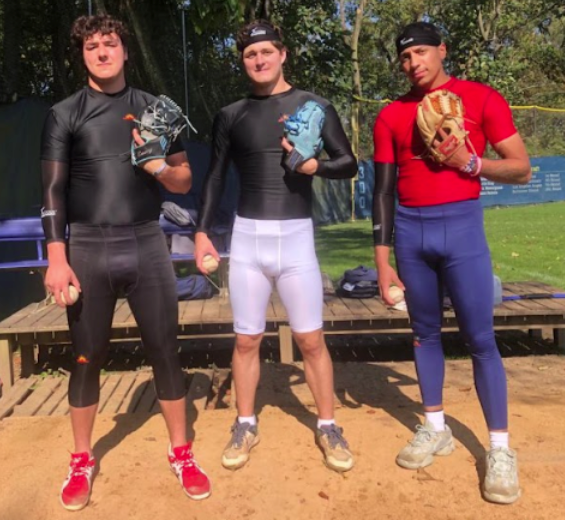Benefits for Athletes: Compression Gear at the Olympics - A Game Changer
The Olympic Games are the ultimate test of human performance, where the world’s best athletes go head-to-head for gold. In this high-pressure environment, every little help and one innovation that has made a significant impact is compression gear. This post gets into the science behind compression gear, benefits for Olympic athletes, real world applications and how SWEAT IT OUT®️ with COOL COMPRESSION® Technology is leading the way.
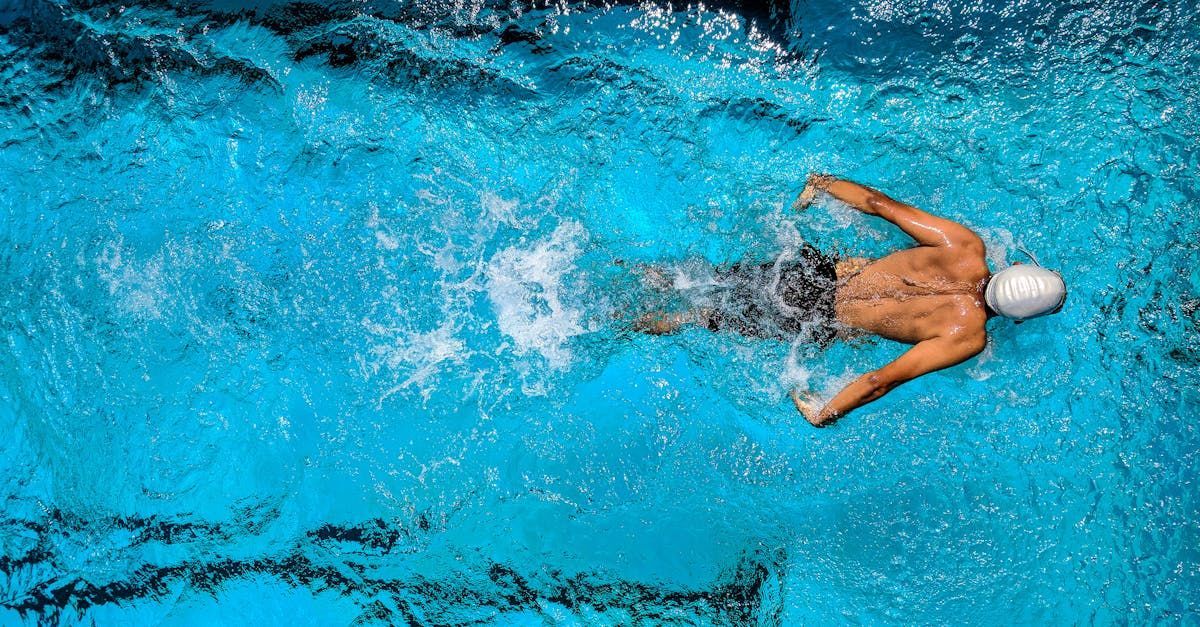
The Science
Compression-wear garments are not just a fashion statement; they are scientifically designed to enhance athletic performance and recovery. These garments apply graduated pressure to specific parts of the body which helps improve blood flow. Better blood flow means better oxygen delivery to the muscles which can lead to improved performance, reduced muscle fatigue, and faster recovery times.
How Compression Wear Works
- Graduated Compression: Compression garments do not apply equal pressure throughout. It is designed to be higher at the extremities (like the ankles) and decrease towards the heart. This gradient helps push blood back towards the heart more efficiently, improving circulation.
- Muscle Stabilization: By applying pressure to the muscles, compression gear reduces muscle oscillations and vibrations. This stabilization can prevent micro-tears in muscle fibers which is a common cause of muscle soreness and fatigue.
- Thermoregulation: Compression garments are often made from materials that regulate body temperature. By wicking away sweat and keeping the muscles warm these garments can prevent injuries and improve performance.
By supporting muscle stability and improving circulation, compression gear helps athletes reach their fitness goals more efficiently.
Research
Many studies have proven compression gear works. For student-athletes, the benefits of compression gear are particularly valuable as they balance academic and athletic commitments. For example, a study in the Journal of Sports Sciences found compression gear improved running performance by reducing muscle oscillations. A study in the European Journal of Applied Physiology found athletes wearing compression gear experienced less muscle soreness and faster recovery times.
Benefits for Athletes
Compression gear benefits are even more pronounced for Olympic athletes who are pushing their bodies to the limit. Here are some of the benefits:
Coaches often recommend compression gear to their athletes to enhance performance and recovery during training and competition.
Performance
- More Efficient Muscles: By reducing muscle oscillations, compression gear helps athletes maintain optimal muscle alignment and efficiency. This means better performance, especially in endurance sports like marathon running, cycling, and swimming.
- Increased Proprioception: Compression garments can increase proprioception, which is the body’s ability to sense its position in space. Better proprioception means better coordination and balance, which is essential for sports like gymnastics, diving, and track and field.
- Less Energy Expenditure: By stabilizing muscles and reducing vibrations, compression gear can reduce the energy required for muscle contractions. This means athletes can conserve energy and stay at peak performance for longer.
Athletes and their coaches work together towards the common goal of achieving peak performance, and compression gear plays a crucial role in this process.
Recovery
- Faster Muscle Repair: The improved circulation from compression gear delivers oxygen and nutrients to the muscles more efficiently. This means faster repair of damaged muscle fibers and shorter recovery times.
- Less Muscle Soreness: Compression garments can reduce the buildup of lactic acid and other metabolic waste products in the muscles. This means less muscle soreness and stiffness so athletes can train and compete more effectively.
- Less Swelling: By promoting better lymphatic drainage compression gear, it can reduce swelling and inflammation in the muscles and joints. This is especially helpful for athletes recovering from an injury or intense training.
Effective recovery ensures that athletes can continue to play their sport at an elevated level without prolonged downtime.
Injury Prevention
- Joint Support: Injury prevention is crucial in any sport, and compression garments add extra support to the joints which can prevent strains and sprains. Especially important for high-impact sports like basketball, soccer, and rugby.
- Muscle Protection: By stabilizing muscles and reducing vibration compression gear can prevent muscle strains and tears. Especially for athletes who are pushing their bodies to the limit for Olympic gold.
- Better Warm-Up: Compression garments keep the muscles warm and flexible so there is less chance of injury during warm-up and competition.
Real-World Examples
Olympic athletes across various sports are using compression gear for its performance and recovery benefits. Here are some real-world examples:
Compression gear is widely used in various sporting events, providing athletes with the support they need to perform at their best.
Track and Field
Track and field athletes, sprinters and long-distance runners have found compression gear to be a game changer. For example, American track stars Tara Davis and Hunter Woodhall have said compression gear is a must-have. The support fabric in compression gear helps them perform at their best. The stabilization from compression garments reduces muscle oscillations so athletes can maintain their form and speed throughout the race.
Track and field athletes often compete in the Olympic Games, a multi-sport event that highlights their skills on a global stage.
Swimming
Swimmers are also using compression gear to boost their performance and recovery. Compression suits reduce drag in the water so swimmers can move more efficiently. The improved circulation from compression gear helps swimmers recover faster between races which is crucial in multi-event competitions like the Olympics.
As swimmers prepare for the next Olympic Games, compression gear will continue to play a vital role in their training and recovery.
Cycling
Cyclists benefit from compression gear in several ways. Compression shorts and tights reduce muscle fatigue and improve endurance by stabilizing the muscles used in pedaling. The increased blood flow from compression garments helps with faster recovery so cyclists can stay at peak performance during long races and stage events.
Cycling has been a part of the modern Olympic Games since their inception, and compression gear has become an essential tool for cyclists.
Gymnastics
Gymnasts need balance, coordination, and flexibility. Compression gear can enhance proprioception so gymnasts can maintain their form and execute complex routines with precision. The added support from compression garments can also prevent injury during training and competition.
The International Olympic Committee plays a crucial role in organizing gymnastics competitions at the Olympic Games, where athletes benefit from compression gear.
SWEAT IT OUT®️ with COOL COMPRESSION® Technology
SWEAT IT OUT®️ is a leading compression wear provider offering products with COOL COMPRESSION® Technology. This technology is designed to increase endurance, provide targeted pain relief, and aid in faster recovery. Here are some of the products from SWEAT IT OUT®️:
Thigh, Groin, Hip Support Capri with Knee Stabilizer
This compression wear product is great for supporting and stabilizing muscles, making it perfect for athletes recovering from injury or looking to prevent them. Helps healing and recovery from groin pulls, hamstring, quad, adductor, abductor injuries, and hip or thigh pain with an additional extension over and around the knee to provide maximum support and stability for the knee joint. The targeted compression in this garment reduces muscle oscillations and vibrations so athletes can perform at their best.
Thigh, Groin, Hip Support Shorts
SWEAT IT OUT®️ Performance Compression Thigh, Groin, and Hip Support Shorts are designed to help recovery and rehabilitation from hip, groin, hamstring, and/or quadriceps injury while helping to increase muscle efficiency and reduce fatigue. The double-ply compression in these shorts assists blood flow and oxygen delivery to the muscles for better performance and faster recovery.
Performance Tights
SWEAT IT OUT®️ compression wear Performance Tights are designed to help increase biomechanical efficiency for the long term. Long-term gain will be in strength, speed, and /or stamina! SWEAT IT OUT®️ full-length Compression Tights will help ease pain and discomfort of the knee, shin splints, and varicose veins and will aid with quick recovery of damaged or sore muscles by reducing swelling and increasing blood flow to the heart. These full-length Compression Tights are designed with unique fabric to reduce muscle vibration. This allows for more muscular efficiency = power with less pain.
Improved Posture Performance Compression Shirt
SWEAT IT OUT®️ Improved Posture Performance Compression Shirt will help you to develop strength, flexibility, and balance in your body. It will help decrease muscle pain in the neck, shoulders, and back. The Improved Posture Compression Short Sleeve Shirt will assist with scapula retraction reminding the wearer to keep his/her posture straight This is a very effective tool for aiding both the prevention of injury and helping in injury rehabilitation, as it was designed to give the shoulder its greatest total range of motion without restriction.
Conclusion
Compression gear has become a game-changer for athletes, especially at the Olympic level. By improving performance, recovery, and preventing injury these garments give athletes the support they need to achieve their goals. As technology advances the role of compression gear in sports will only get bigger and help athletes push the human body to new limits. For more information on high-quality compression gear visit SWEAT IT OUT®️ and check out their range of products to help you reach new heights. Whether you are an Olympic athlete or a weekend warrior, compression gear can help you perform at your best and recover faster. As athletes prepare for future games, the role of compression gear in enhancing performance and recovery will continue to grow.


